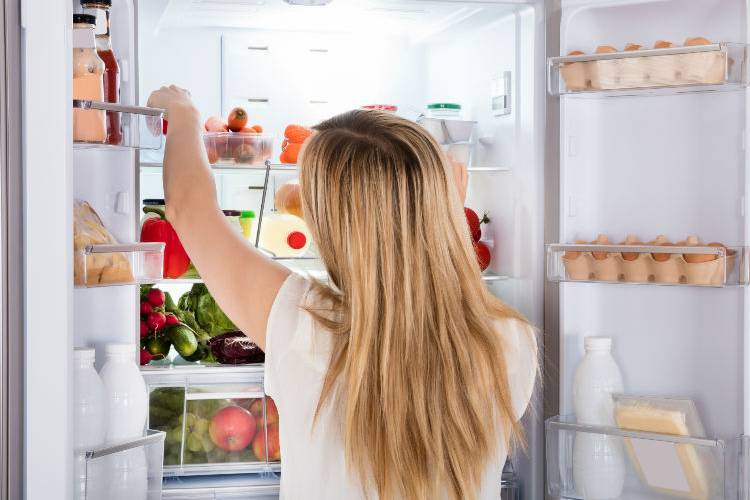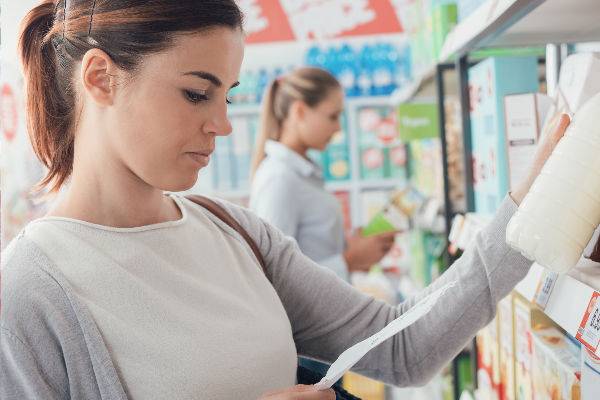From the supermarket to the home. Steps for a perfect purchase
There are those who prefer to make a big purchase once per month, those who prefer doing it weekly and those who like buying the items they need almost every day. But do you know how to buy, transport and safely store food at home?
how to shop
Share

All the products that we can find in the supermarket have gone through a series of controls and quality requirements. But once it reaches our hands, it is us who must take responsibility for its safety and avoiding unnecessary risks. Here is a small guide, so that your purchases always reach home in perfect condition:
1. Create a list
So that we don't forget to buy anything and don’t end up buying items we don't need, a shopping list is a great idea. Also, if we separate it into three columns: dry, refrigerated and frozen, it can speed things up considerably in the supermarket itself. The most important thing is to leave the refrigerated and fresh foods to the end, thereby maximising the refrigeration.
2. Checking the state of the foods
When it comes to buying fresh products, either off the shelf, in bulk or cut individually, try to take care that they maintain their organoleptic properties.
• Meat: Whenever we are buying it in packaged form we must check that there are no liquid leaks and that the edges are fresh and still have colour.
• Fish: We should ensure that they have a bright colour and that their flesh is firm and elastic.
• Fruits and vegetables: Always check that they have no traces of dirt or dust and that they have clean skins.
• Frozen products: should not have any frost.
• Tins: check that they are not rusted or deformed.
Carrying an isothermic bag if you are going tobe buying frozen and refrigerated foods is a good option for keeping them ingood condition.
3. Pack separately
Follow these recommendations to avoid what is known as cross-contamination when bagging the products purchased in the supermarket:
• Place similar products in the same bag.
• Always keep cleaning products separate from food.
• Uses different bags for refrigerated, frozen and dry products.
• Always place the heaviest products, canned food and packaged foods at the bottom.
• Place more delicate foods such as bread or eggs towards the top of the bag.

4. Transport
Once the purchase has been made, it is advisable to transport it from the supermarket to the home in the shortest time possible.
In the event that we are not able to go home directly, we should avoid leaving the bags in the car for a long time, especially on hot days, where the interior of the vehicle can reach high temperatures.
5. Organising food at home
Once at home, the first items we'll need to store will be the frozen and refrigerated foods. When storing the food we should follow these guidelines:
• Check if there are similar foods in the pantry or refrigerator, and place those that are closest to the expiration date towards the front.
• Place each food in the corresponding area of the refrigerator, meats and cold cuts in the lower parts, fruit and the vegetables in the drawers, open drinks, dressings and sauces in the door, and the freshest foods such as butter or yoghurt should be placed at the top of the refrigerator
6. Clean the bags
If we use reusable shopping bags, they can become a home for bacteria if they are not properly used. It’s easy for us to spill something inside, or for leftovers from some foods to accumulate, like fruit leaves or dust. Therefore:
• Wash bags frequently and make sure they are completely dry before storing.
• Don't store bags in the car for long periods of time.
• Storing them in places away from sources of pollution and domestic animals is recommended.

The advantages of buying in bulk and in cuts
Read more
The advantages of buying in bulk and in cuts






